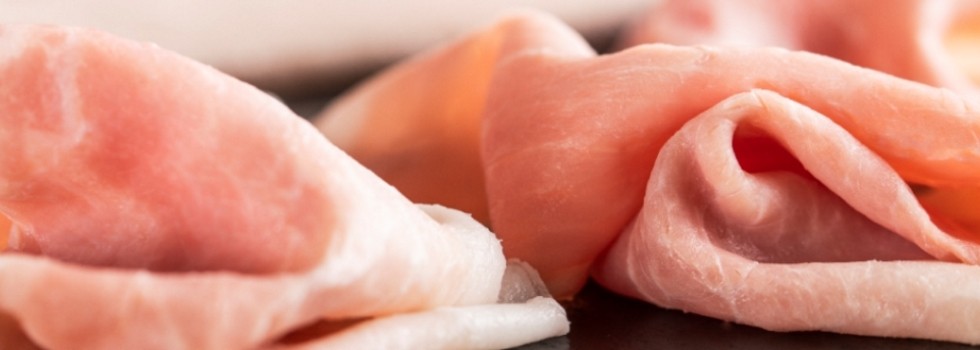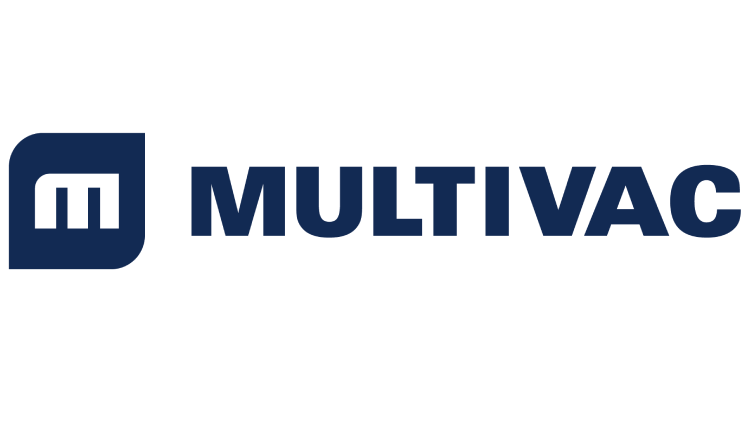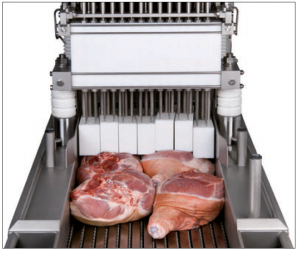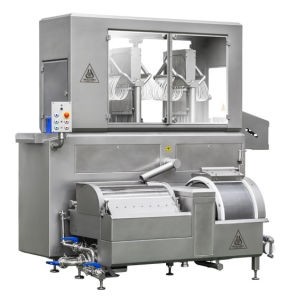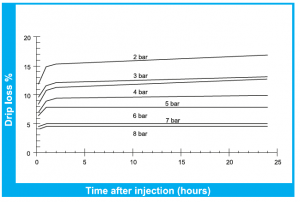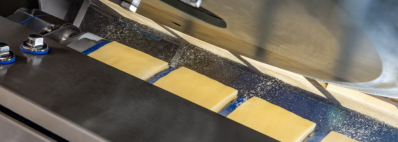Promotional Features
The influence of spray injection on meat products
On average, 10 bacon sandwiches are consumed every second in the UK, with your typical Brit eating more than 3kg of bacon every year. Yet, despite being a nation of bacon-lovers, this is still only half of the volume consumed in the 1970s. So why is this?
In a report published on the UK’s food attitudes and habits1, findings reveal that ‘free from’ claims play an increasing role in consumer decision-making, and at least three in 10 participants say they avoid at least one food group largely due to lifestyle choices rather than allergies. More than one-third also say they believe ‘free from’ products are healthier than their conventional counterparts.
Within the UK’s food industry, we are seeing more consumers make informed, healthier decisions when it comes to what is in their shopping basket; there is increasing interest in knowing exactly what is or isn’t included in food products, especially within the meat sector – and that includes bacon.
In meat product production, the process of brining, typically used in bacon, sees a cut of meat submerged into a salt-and-water solution to add flavour and seasoning from the inside out. Brine has many functional ingredients and properties within meat preservation to help achieve longer shelf-life before consumption for example.
Of late, there has been a particular focus on the use of brines that contain nitrates and nitrites within the curing process of products such as bacon and, with consumers more keenly studying the ingredients labels on food, how this might affect the ‘clean label’ status of a product.
So, with differing opinions on the ingredients in some of the nation’s favourite products, how can the UK meat industry future-proof one of the nation’s most beloved sandwiches to fit the health-conscious consumer?
Traditional manufacturing methods
Bacon is one of many products that use the traditional method of low-pressure injection, involving the gradual deposit of brine, fed in through channels within the primal – a system that has been utilised for many years and considered the norm within UK manufacturing. Other products, including poultry, ham and fish, would also typically use this same application.
To achieve the necessary brine retention level in this traditional process, the needles within the injector must pass through the muscle several times and oversaturate compared to the final requirement because of the expected immediate and prolonged drip loss. Not only is this insufficient in terms of output and meat quality, but also creates irregular brine tracks of over- and under-saturated product.
For the modern meat producer looking to tailor its product range to health-conscious consumers, there is an alternative solution, however. Some recent breakthrough technology is now allowing meat producers more flexibility in working with different brines – in both traditional and modern manufacturing processes – by utilising spray injection principles.
Spray injection and clean-label products
A spray injection system can be considered as an alternative method of adding brine. Innovative spray technology has been designed to help transform the world of curing red meat, poultry and fish in the UK. Products using this type of machinery are usually advertised as ‘low injection’ or ‘clean-label’ products.
So how does it work? Spray injectors introduce a volumetrically measured dose of brine only after the needles have completely penetrated the meat and are stopped at the end of their downstroke.
The spraying effect is achieved by the means of a volumetric piston pump, which forces the brine to pass through the holes at a very high speed, causing dispersion into thousands of micro drops; the size and speed of these drops allow them to be introduced deeply between the meat fibres without causing any damage to the meat structure, as well as minimising drip losses. As the brine penetrates deeply between the meat fibres, the more muscular volume will be covered with brine, enabling even distribution to create a high-quality product.
This unique application utilises a patented design along the shaft of the needles, increasing the injection points by up to eight times that of a traditional design. This, coupled with the high-density needle pattern and powerful brine atomisation spray, really brings this technology and innovation to life with the best possible standard deviation and unparalleled output speeds:
Less is more: The atomisation does a great job of dispersing brine, providing greater flexibility for low injection and clean-label products, typically resulting in an injection rate of 5% to 50%. This lends itself to high-end premium products, which the UK consumer increasingly expects to find on-shelf.
Simple: The simplistic action means there is no need for complex pressure settings and sensors laterally along the width of the machine and, in turn, the product can be loaded quickly and simply in any orientation, reducing labour requirements.
High-output: The efficiency and distribution from one cycle are effective enough to advance the belt of the machine much further and construct it wider than ever before, giving double the output of traditional systems. This makes the system particularly interesting in terms of payback for high-output producers ,potentially reducing multiple shifts and lines and doubling packaging machine speeds.
Cleaner: The spray injection system can help produce clean-label-ready products. High levels of brine and flexibility provide new opportunities for the modern producer in the growing clean-label market.
With more consumers making healthier food and drink choices, ‘low injection’ products make up the majority of premium items in the UK market, making a spray injection system perfect for these, as well as for traditional products such as poultry, fish, red meat and, of course, bacon.
Metalquimia is focused on delivering the finest products through innovative science and technology exclusively through Multivac UK.
Metalquimia provides best-in-class technology in meat preparation equipment; from standalone patented spray brine injection, vacuum tumbling, whole muscle stuffing and automatic cooking/cooling systems, to fully automated line solutions.
For more detail on how Multivac and Metalquimia can offer expert advice on spray injection food manufacturing, click here or email: sales@multivac.co.uk.
Sources:
1 https://www.foodnavigator.com/Article/2019/09/13/Future-Thinking-How-are-UK-consumers-shopping-and-eating-in-2019
